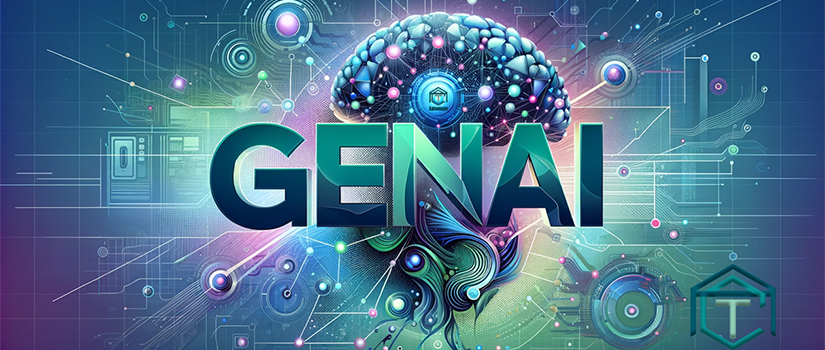-

GenAI Teaching Guidelines
Use these guidelines to integrate generative AI into teaching in ethical, effective, and human-centered ways.
-

GenAI Resources
Explore resources to deepen your understanding of generative AI in education.
-
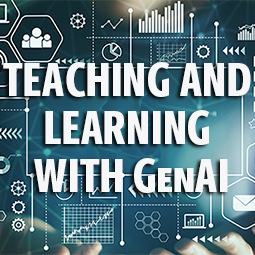
Teaching and Learning with GenAI Webinar Series
Join this webinar series to gain practical knowledge and strategies for using generative AI in teaching and learning.
-
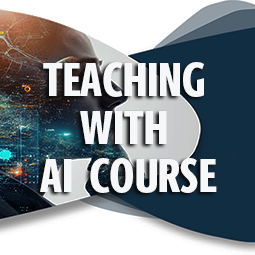
Teaching with AI Course
Complete this award-winning, fully online, self-paced course to learn how to effectively incorporate AI tools into your teaching practice.
-
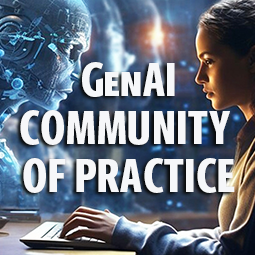
GenAI Community of Practice (GenAI CoP)
Collaborate with colleagues in this community to share insights, challenges, and successes in using generative AI for teaching.
-
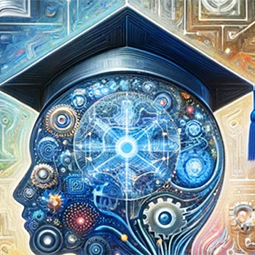
Provost's AI Teaching Fellowship
Apply for this year-long fellowship to develop advanced expertise in transforming teaching with generative AI.
-
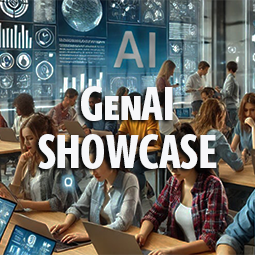
GenAI Showcase
Attend this showcase to see how faculty are innovating with generative AI in their courses and classrooms.
